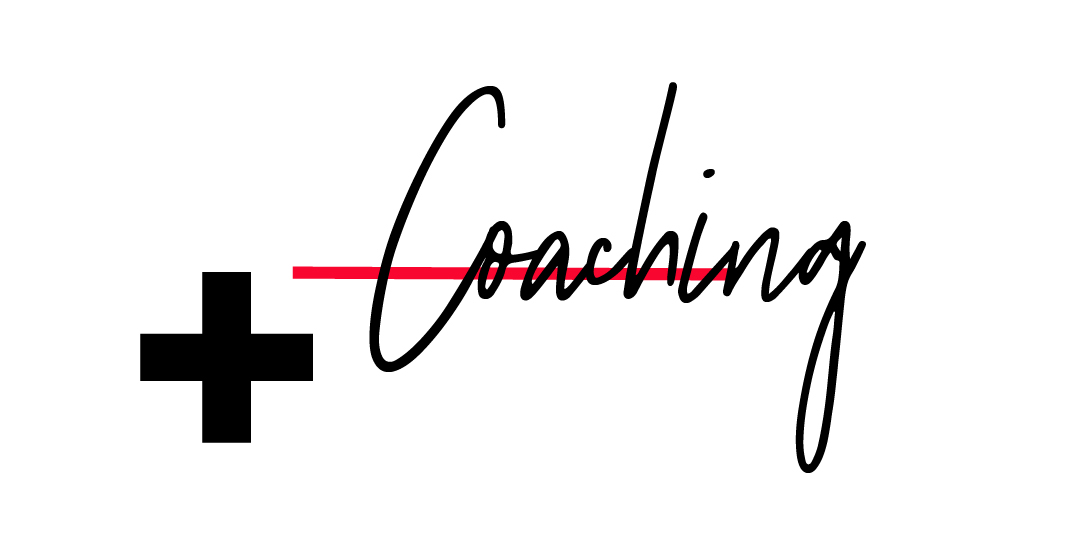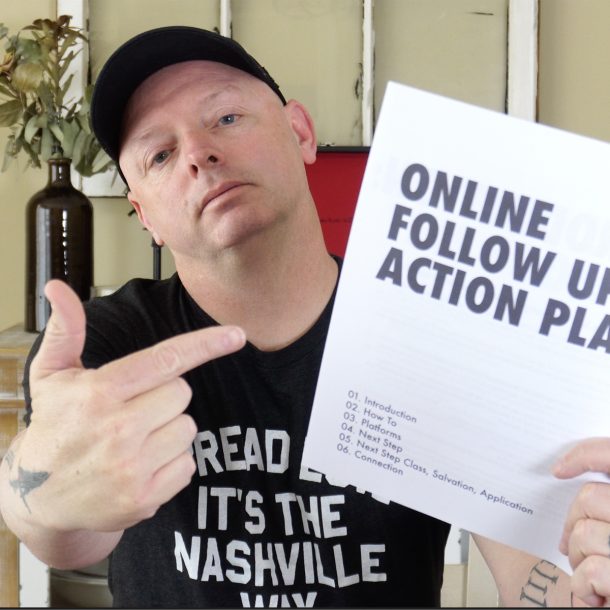Leading a creative team is a heavy responsibility. Creative teams tend to be a little messy, a little emotional, and even a bit eccentric. The normal rules in management or leadership may not always apply. Everyday we learn new things about our teams and our selves that help us to find new ways to accomplish the goals that we are tasked to create. Leading a creative team starts with understanding of creative people. As creative teams create, they leave small traces of their DNA on each element created. It is a unique element to our discipline. Here is a short list of tools necessary to lead a healthy team.
- If you do not care more than anyone else, if you are not willing to be a hustler, quit now.
- Put together a team of people who care about the work at hand. If there is not a high level of caring, when things get hard people will quit.
- Protect that team. Let them know they are protected so they can do their best work. It is our job as leaders to be the buffer between the creative force and the rest of our organization.
- Set expectations early and repeat them often. Creative people need the reminder and must be clear on what is expected. If it is not clear there will be misunderstandings. What is expected? When is it expected? What should it look and feel like?
- Only have meetings when necessary. Let people work so they can accomplish the goals necessary.
- If you have to have meetings, take a lot of notes and follow up in email to keep expectations clear.
- Make sure roles are clear. Everyone should know what they are to do and how it is to be done. Create space for people to be creative, but build healthy bumpers around our teams.
- Keep superiors in the know. Make sure you are updating and keeping everyone as current as possible on how things are progressing. Be a champion for the members of your team.
- Edit often. Always look for ways to remove rather than add…simple is better.
- Be urgent about what we have to accomplish, but dont become reactionary.
- Take time to celebrate wins. As frequently as possible. And praise those who made the wins happen.
- Under promise and over deliver. The opposite will destroy trust in our teams.
- Manage the process. If people start to slip on performance, be willing to have hard conversations.
- Bad news never gets better with time. Share it early so there is time to adjust rather than waiting and not having margin to adjust.
- Create space for inspiration and creativity. That is the core of the work so if we are not creating space for this to happen, we will not create our best work.
This is not the definitive list, but it is a solid starting point. What are some of your best practices in leading creative teams? What would you add to this list? What do you wish your boss knew about leading a creative team?




